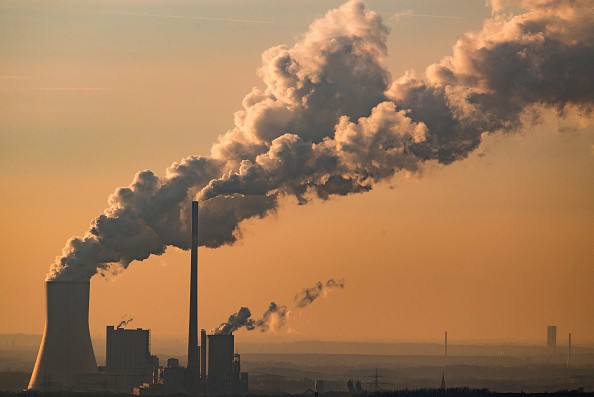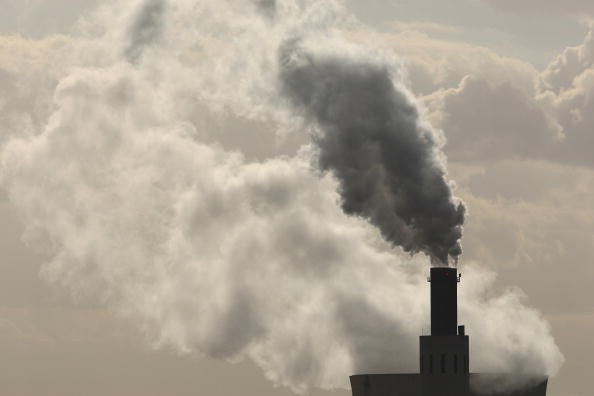Eneos Holdings and J-Power, a Japanese utility, have teamed together to build the country's first permanent carbon capture and storage facility by the end of this decade, the two businesses said Tuesday.
Japan's Plans

Japan's industry ministry intends to establish a legal framework for carbon capture and storage (CCS) by 2030, allowing corporations to begin storing carbon dioxide underground or beneath the seabed, assisting the country in meeting its 2050 carbon-neutral objective.
In an overview of an interim report to be released next month, the ministry anticipates that Japan will store 120-240 million tonnes of CO2 per year in 2050 to put out a long-term road map for CCS by the end of this year.
The idea included submitting a draft bill to the Diet as soon as 2023 to establish a new right to store CO2 in Japan and limit operators' responsibility in the case of a leak or other occurrence.
Legislative Framework's Purpose

According to an industry official, the legislative framework is intended to improve predictability for businesses.
He added that companies will need to start feasibility studies in 2023 and make final investment choices in 2026 to be ready to start CCS operations in 2030; therefore, the government must move quickly.
The ministry also intends to incorporate in the legislative framework a program for transporting CO2 emitted in Japan to other countries and storing it abroad, as it is unlikely that all CO2 would be stored within Japan.
Under the current specialized panel examining the topic, the ministry will form two working groups to focus on the legislative framework and business expenses and implementation.
Carbon Capture, Usage, and Storage

Carbon Capture, Usage, and Storage (CCUS) is a technique that can capture and utilize significant quantities of CO2 released by industrial processes. As a result, it plays a critical role in decarbonization and solving the global climate change crisis. In addition to promoting CCUS, Japan's "MOONSHOT program" is aggressively developing and advancing Direct Air Capture technology, which can recover CO2 directly from the atmosphere and emissions caused by industrial activity.
The global market to support the growth of CCUS is expected to reach 1012 trillion yen by 2050. (about USD100-120 billion). The graph below shows that the prospective market will comprise investments in carbon capture and storage plants and the chemicals and membranes necessary for CO2 separation and recovery.
The prospect of trapping carbon dioxide (CO2) as a greenhouse gas CCS might aid in the mitigation of global warming.
Why Capture Carbon?
The idea is to capture carbon dioxide where it is created, such as in power plants that burn fossil fuels and factories, so that it does not escape into the atmosphere. Carbon dioxide would be gathered, transported, stored, or utilized in industrial operations. According to the Intergovernmental Panel on Climate Change, capturing carbon in a contemporary conventional power station might cut emissions to the environment by 80-90 percent when compared to a facility without the technology.
Researchers have discovered several methods for trapping carbon dioxide. We may collect it after we burn the fuel before we burn the fuel, or we can burn the fuel in ways that make the carbon simple to catch.
Carbon must be preserved after it has been collected. A typical 1,000-megawatt coal-fired power station emits around six million tons of carbon dioxide. That necessitates storage. Researchers are working on storing the gas deep below in the ocean and transforming it into carbonate minerals through chemical processes. They're also looking at the hazards of these various procedures.
Related Article: Direct Air Capture: What Is It and How Can We Benefit From It?
For more news update about Environmental Action, don't forget to follow Nature World News!
© 2025 NatureWorldNews.com All rights reserved. Do not reproduce without permission.





